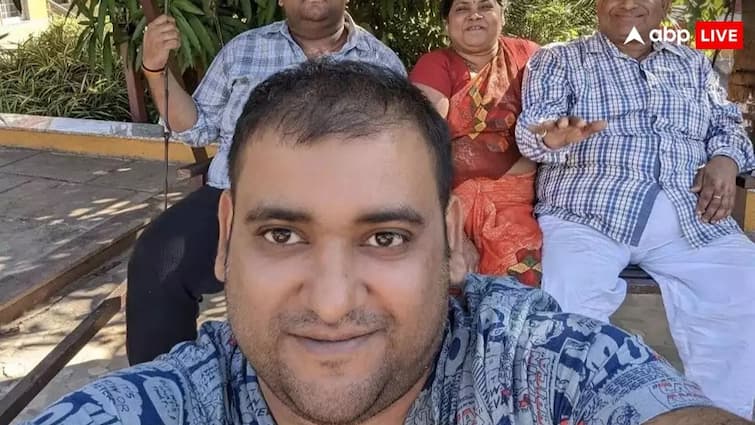New Delhi/Mumbai: India's leading management institutes continue to grapple with gender diversity. Over the past five years, the gender ratio at premier institutes such as Indian Institutes of Management (IIMs) has hovered around 30–70 female students for every 100 male students, a Mint analysis of past five years' data showed.
Female enrollment at three most-sought-after, older IIMs—Ahmedabad, Bangalore and Calcutta—has remained modest, with about 30–50 female students for every 100 male students. Other top B-schools, too, did not show significant improvement in the past five years.
It's not for want of trying. B-schools are implementing scholarship programs, allotting additional marks to women candidates at the time of admission, and creating women leadership communities and mentorship programs, among other things.
But even among the leading B-schools, safety of the students in a city, need for more career paths are deciding factors that impact gender diversity on campus.
Women's participation in the Common Admission Test (CAT), the entrance test for most B-schools, hovered around just 35-36% of total candidates who took the exam between 2019 and 2023.
mint analyzed class profiles from batches 2017-19 to 2022-24 for two-year postgraduate programs at some of the top B-schools. In the case of Indian School of Business (ISB), we considered its one-year management programme.
View Full Image
The analysis showed that IIM-Ahmedabad has persistently struggled with low gender diversity among students, reaching a low of 28 females for every 100 males in the 2020-22 batch. Similarly, IIM-Bangalore and IIM-Calcutta witnessed their lowest enrollment of female students in the 2018-20 batch, comprising only about 30% of the overall batch.
One exception was IIM-Kozhikode, but only in one batch (2020-22), when the number of females outnumbered the men.
“Back in 2012, we had adopted a policy of greater gender and other forms of diversity in IIMK,” said Debashis Chatterjee, director of IIM-Kozhikode. “Prior to this, the average intake of women in flagship programs at IIMs was 8- 10%. The diversity targets—both gender and academic—were achieved through introduction of consistency in academic performances, including class 10 and 12 results.”
Meanwhile, management colleges are taking steps to up their gender scores, to improve global rankings.
Himanshu Rai, director of IIM-Indore, told mint that there are additional points to female candidates applying for the two-year course, and also to those with non-engineering backgrounds.
Interestingly, location of the B-school and student safety within the campus is a key parameter in choice of college for women candidates. Both IIM-Indore and IIM-Bangalore have highlighted how location of the city and its safety plays an important role.
IIM Bangalore has student clubs like Women in Management; runs executive education programs like Tanmatra for women leaders; has pioneered women entrepreneurship programs; has a significant number of women faculty and women on the Board.
B-schools are also pushing for more committees that are women-focused. The stress on diversity comes at a time when a large number of women have opted out of India Inc during the pandemic years and now are trying to bring them back.
Ramabhadran Thirumalai, deputy dean, academic programs at ISB said that the institute is offering scholarships to encourage more women candidates. “There is also a push and pull relation between companies and colleges. In some cases, companies have requests for women candidates, and it adds to the pull factor,” the dean said.
A senior executive in one of the top B-schools said that some companies ask for more women candidates. “The recruiters say they want to recruit only women this year and have specialized leadership programs for them,” he said, requesting not to be named.
The gender ratio in some of the top B-schools in developed economies is higher than that in Indian B-schools, but female enrollment has remained at 35-45% in the past two years.




